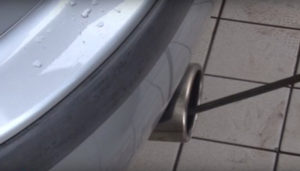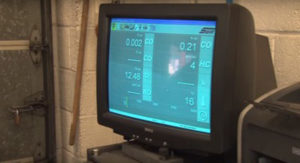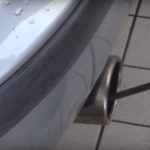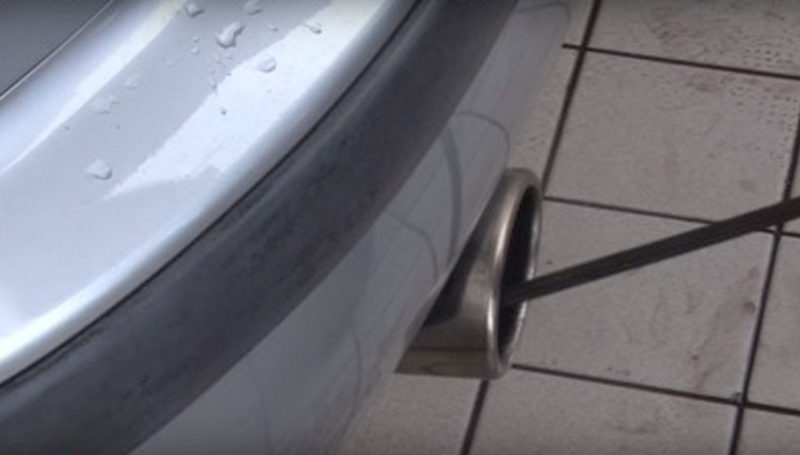Are you masking the problem? Stuart Still, Technical Trainer, EEC has the answers.
Why are the new vehicle emissions regulations getting tougher? I thought they were designed to reduce pollution but, if it is a genuine commitment for all of the EU governments to lower the carbon footprint then why are the EU MOT emission values so lax?
“Hydro Carbons are the greatest enemy of a catalytic converter. If they’re greater than 45PPM then they’ll be damaging the cat, which will result in a deterioration of the coating.”
Pass values
The MOT emissions pass values are CO less than 0.2% and HC (Hydro Carbons) less than 200PPM. In reality the HC should be less than 15PPM if the engine is working correctly and any HC reading over 45PPM will damage the catalytic converter.
Unfortunately most car owners will look upon the MOT as a health check and if their car passes the MOT then they believe their car is in excellent working order. As we know, however, this is not always the case!
If a vehicle only just fails its MOT on emissions then it is possible to replace the catalytic converter in order to achieve a ‘pass’ result, with many garages believing that replacing the cat is the correct diagnosis. Unfortunately, in the vast majority of cases this is not the correct prognosis as there could be an overriding problem which needs rectifying immediately after fitting the new cat, otherwise the problem will reappear after a week or so once the high HCs degrade the monolith and coatings. In very extreme cases a meltdown of the monolith has been known to occur.
Just fitting a new cat that is working at 100% efficiency can mask a problem which, in time, will make the new cat fail and the chances are that this would only be detected in 12 months’ time when the MOT is due.
the new cat fail and the chances are that this would only be detected in 12 months’ time when the MOT is due.
Fault detection
In our experience the easiest way to pinpoint an emissions fault is to carry out a 4 gas test before fitting the replacement part, and also directly after the new cat has been fitted.
 If the values exceed CO <0.2, CO2 >13.5, HC <15PPM, O2 <0.2, and a Lambda of 0.99 to 1.01, there will be a problem. The levels to which these values exceed their parameters will depend largely on the size of the problem, but by evaluating the 4 gases you can locate and rectify the fault.
If the values exceed CO <0.2, CO2 >13.5, HC <15PPM, O2 <0.2, and a Lambda of 0.99 to 1.01, there will be a problem. The levels to which these values exceed their parameters will depend largely on the size of the problem, but by evaluating the 4 gases you can locate and rectify the fault.
An example
The following readings were given to me by a workshop customer in Doncaster, as part of an overall report:
CO @ 9.48, CO2 @ 9.10, O2 @ 0.58, HC @ 533PPM, and Lambda @ 0.76
From looking at the values we can fairly confidently identify a failure located at the intake manifold area, due to a lack of air accessing the combustion chamber, so increasing the HC, which in turn has damaged the cat.
EEC is committed to an education and training programme within the industry to help technicians understand, evaluate and diagnose emission problems, such as those described in this article.











